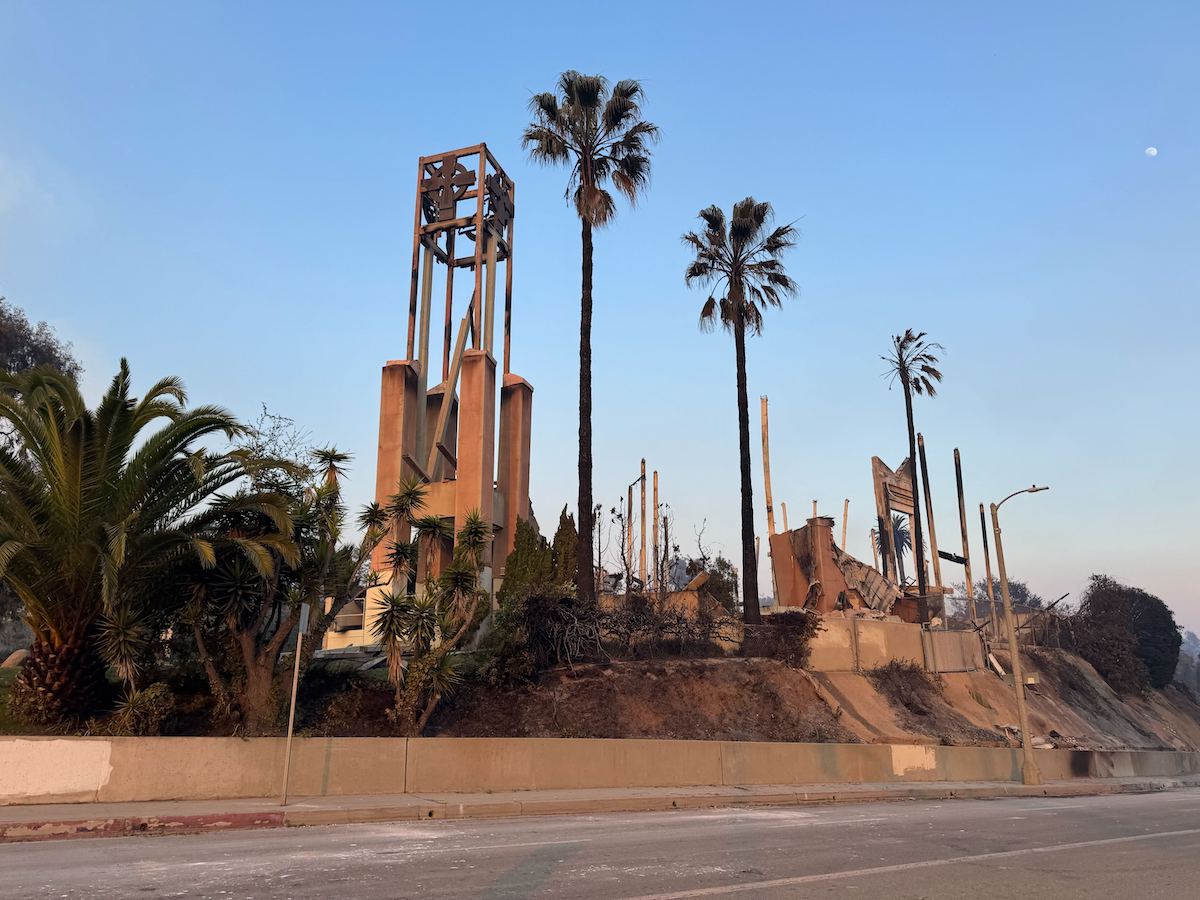This retreat will grow as a result of the Palisades and Eaton fires, as insurers adjust their risk models on ravaged parts of LA that weren’t previously thought to be at high risk of wildfires — or pull out altogether. Insurers that stay in the market will undoubtedly charge higher premiums, and many rebuilding homeowners may simply not find a company willing to extend a policy to them.
This will force homeowners to either pay more monthly or go without insurance.
Supply has dropped and demand has increased
While the final tally of homes destroyed won’t be counted until the fires have been extinguished, it appears the number is on pace to be in the tens of thousands. The number of people who were forced to evacuate is even higher.
Taken together, this is a big drop in housing supply and a huge surge of demand.
This will play out differently depending on the segment of the market. Pacific Palisades residents likely have the means for higher quality temporary housing, so they’ll have more of an impact on the higher end of both the rental and for-sale markets.
In fact, it’s already happening. An agent told the New York Times that one of her listings got 1,000 applications in the days after the Palisades Fire ripped through Pacific Palisades. While those folks may not have the liquidity to buy another house while they decide on what to do with their destroyed home, there are scenarios where they add competition to a market that’s already starved for inventory.
Middle-class residents in Altadena are more likely to resort to rentals. While it’s unclear how much of the destroyed housing stock is rentals, the wave of short-term migration will add demand.
And landlords are already smelling an opportunity to raise list prices, despite laws designed to prevent that.
Rebuilding for resilience is more expensive
Those who do stay and rebuild may want to take measures to lower the risk of losing their home in the event of another wildfire, but that comes at a premium. Flame resistant roofs, vents and walls are more expensive than traditional building materials, and changing the landscape to include a defensible space adds more to the cost while shrinking the size of the house.
And those who don’t want to do that may be forced to if the city or state decides to implement mandates on resiliency. However, the local politics of that would generate serious headwinds, and executive orders from Los Angeles Mayor Karen Bass and California Governor Gavin Newsom signal that they’re not interested in that fight.
Chief among the signs is that they are capping rebuilds at 110% of the destroyed home’s size, meaning they will allow for the expansion of homes.
Property taxes accrue even if the home is destroyed
Property taxes are a major expense for Los Angeles homeowners, and those taxes still accrue even if the land doesn’t have a home to live in. But homeowners do have a few options for relief.
Proposition 13 caps property tax increases at 2% annually unless there’s a change in ownership or new construction, in which case the valuation resets its current market value. Longer tenured homeowners benefit significantly from this, though it serves as another type of “golden handcuff” that keeps potential sellers out of the market.
Proposition 50 allows homeowners to apply for property tax relief in the event of a disaster and has been frequently used in previous wildfires. It also allows the replacement home’s valuation to return to what it was prior to the disaster.
This helps homeowners in the near term and the long term, but the medium term is less certain. It takes time to build a house after a wildfire, and the homeowner will have to pay property taxes on top of the cost to build the new house and any costs related to temporary housing, including rent.
Given the scale of the devastation, it’s likely that the city and state will find a way to provide relief as people seek to rebuild, but it’s a scenario that will strain middle class household budgets.
Find more of our wildfire coverage here.

